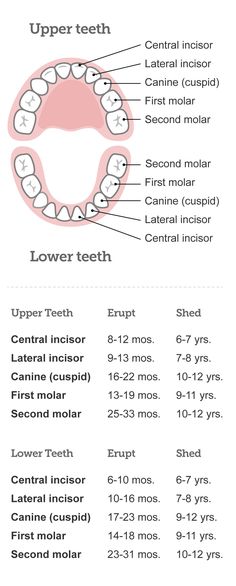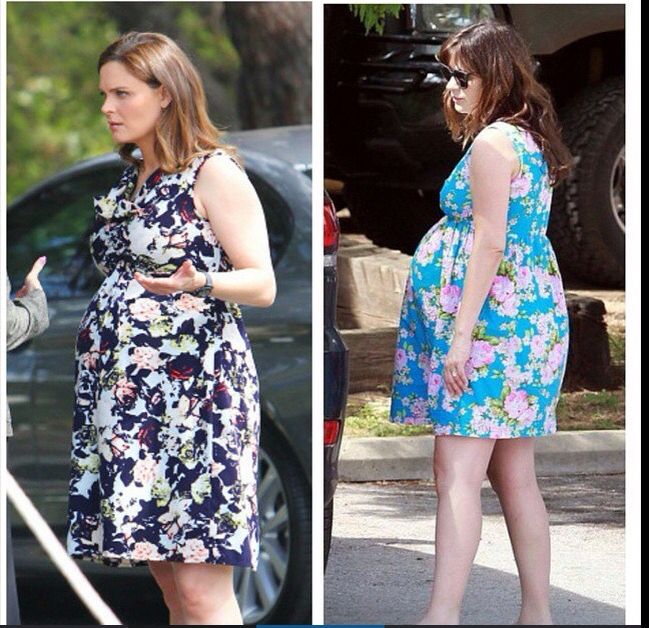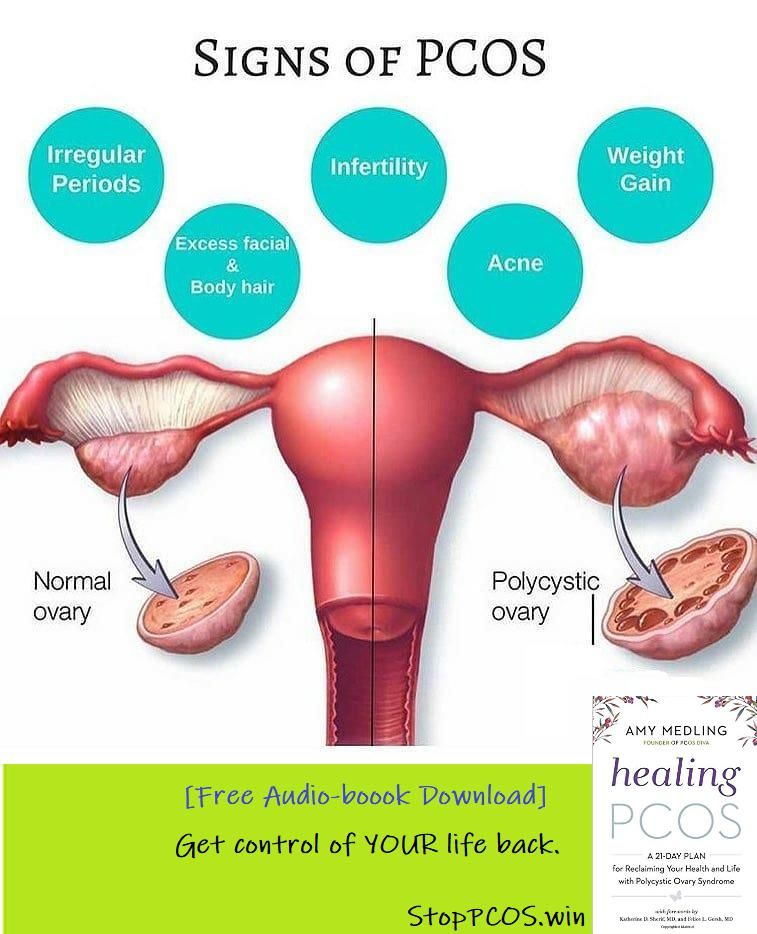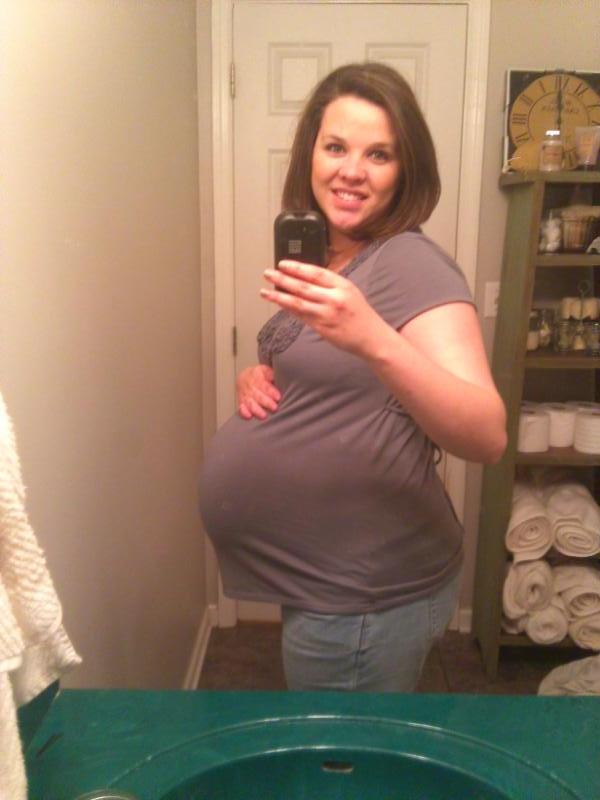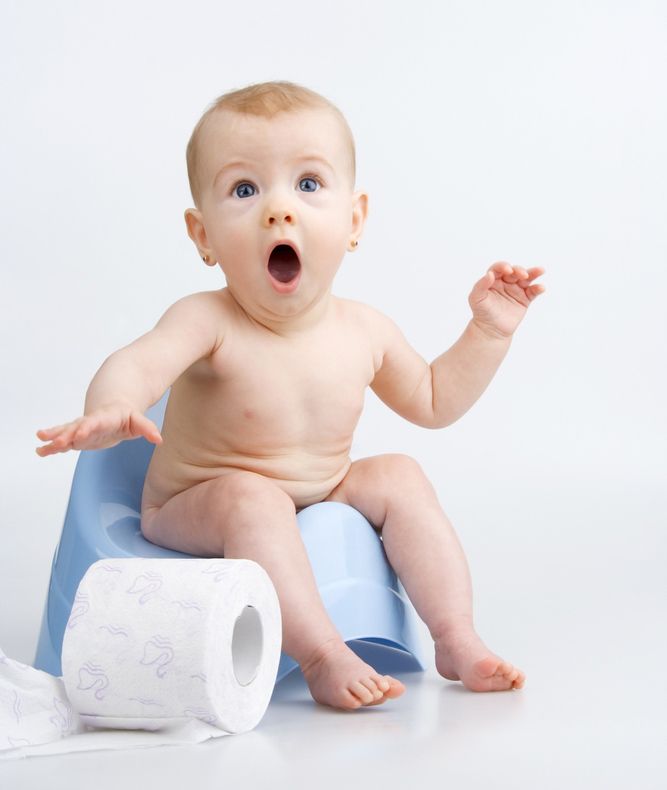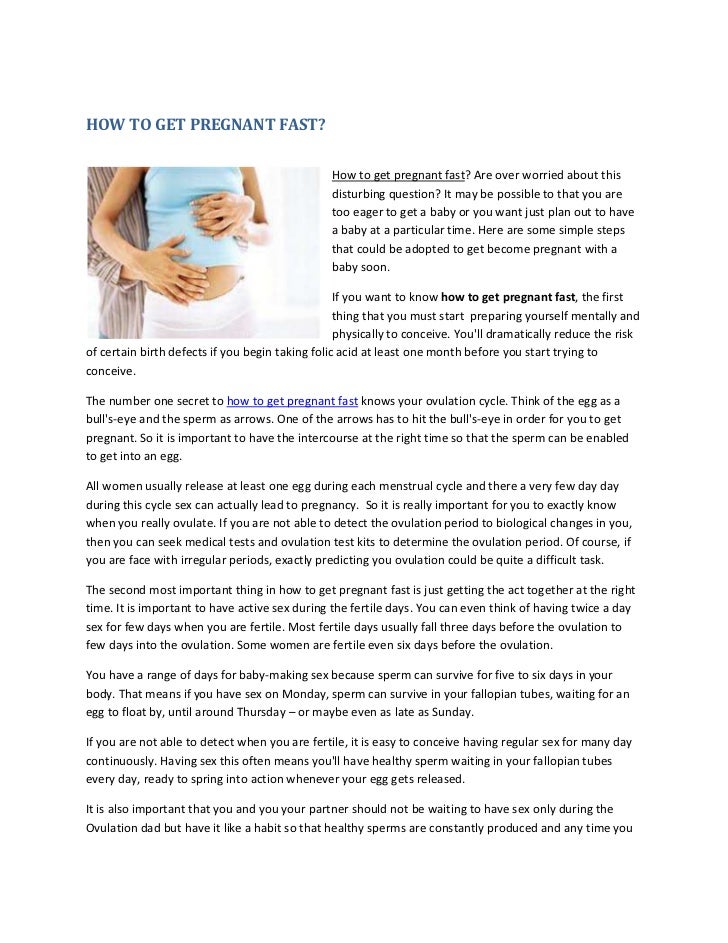What does a baby tooth coming in look like
Teething Symptoms & Advice | What Do Teething Gums Look Like?
Do you suspect that your baby or toddler may be teething? This article will guide you through teething symptoms in babies and toddlers, what to expect when it comes to a teething timeline, how to inspect your child’s gums safely, tips for baby teething relief, and advice on when to see a dentist about your child’s teething process.
Baby Teething Symptoms
Teething symptoms in babies and toddlers are often very similar. At any age, signs of teething may include:
- Red, swollen or bulging gums
- Excessive drooling
- Flushed cheeks or a facial rash
- Chewing, gnawing or sucking on their fist or toys
- Rubbing or pulling their ear on the same side as an erupting tooth
- Restless sleep and crying at night
- Difficulty with feeding
- A fever or diarrhoea
Teething Timeline
Teething at 3 Months
Can your baby grow and cut milk teeth at 3 months old? While the first signs of teething typically occur between 4 and 6 months of age, it’s quite common for teeth to erupt at 3 months old due to heredity. Behaviour such as biting and chewing on fingers and toys can encourage teeth to arrive early.
Typically, the first teeth to erupt are the two in the front bottom (lower central incisors), followed by the upper central incisors and upper lateral incisors at 8 to 12 months. Your baby’s lower lateral incisors will erupt between 10 to 16 months, until they have six teeth in total.
Teething Molars
Your baby’s molars are the last teeth to arrive. While the exact timing will vary from child to child, most first top molars erupt between 13 and 20 months of age. The first bottom molars typically emerge between 14 and 18 months of age.
How Long Will Teething Last?
Teething can last for a year or more. Most children will have their full set of 20 milk teeth by the time they are 3 years old. When they reach 5 or 6, these teeth will start to fall out, creating room for adult teeth.
What Do Teething Gums Look Like?
Make sure your hands and fingers are clean before you examine your baby’s mouth.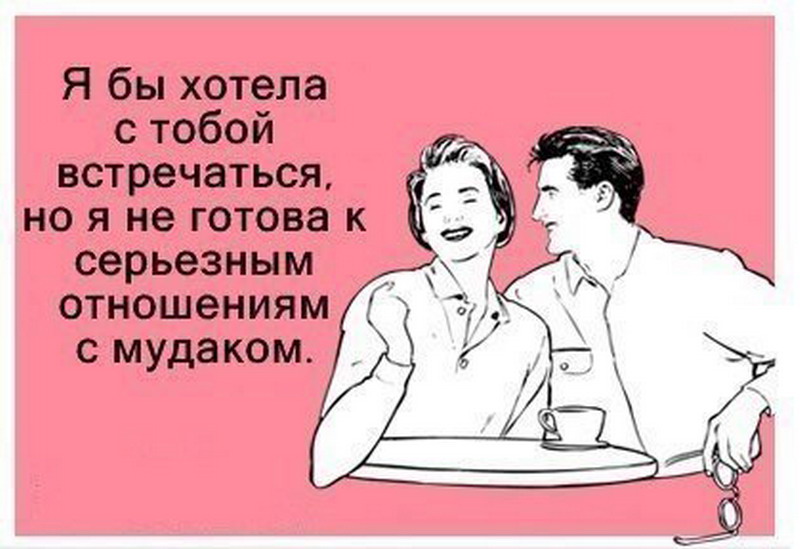 Peel back your baby’s lip very gently to examine her gums.
Peel back your baby’s lip very gently to examine her gums.
Do you see bulging pink gums, especially around the molars, or a small white bud that could be your baby’s first tooth? You might also spot a bluish buildup of fluid called a teething blister or eruption cyst. Although you should avoid touching it, this blister is absolutely normal and will usually go away without treatment. If it does not, speak with your dentist.
Next, gently touch or massage your baby’s gums to feel for a hard tooth growing underneath. This can help provide relief to your baby and help you figure out if they are teething.
Baby Teething Relief
Is your teething baby crying hysterically during the day or at night? If so, you might be wondering about solutions for baby teething relief, how to soothe a teething baby at night, or how you can help them sleep.
There are many simple and homemade ways to soothe a baby’s painful gums. However, if you find that your baby is experiencing a lot of distress, it may be worthwhile to visit your dentist, who can examine your baby’s growing tooth buds and offer personalised advice.
Here are some of the best methods for baby teething relief (that don’t involve using pain relief products or harmful teething gels):
- Give your baby something cool to bite on to relieve the pressure and ease the pain, such as a clean, damp face cloth (washed in an unscented detergent for sensitive skin, and left in the fridge for 30 minutes).
- Gently massage your baby’s gums with one or two clean fingers in a circular motion to help numb the pain. This can stimulate the gums and get you both in the habit of daily oral cleaning.
- Give your baby a teething toy, such as a solid, silicone-based teething ring that has been chilled in the fridge (not frozen in the freezer), to help relieve discomfort.
- Gently wipe away drool regularly with a soft cloth to avoid skin irritation, adding to your child’s discomfort.
If your baby is six months old or older:
- Encourage small, frequent sips of icy cold water from a feeding cup or bottle throughout the day.

- Give them a cold piece of raw fruit or vegetable to chew on, such as a small piece of chilled apple, carrot or cucumber.
- Offer them a cold liquid such as fruit puree, blended peaches or plain yoghurt to help soothe their gums.
What Should I Do If My Teething Child Has Difficulty With Feeding?
If your baby is breastfeeding, you may discover they feed eagerly at first, then pull back because the sucking action makes their gums and ear canals uncomfortable. If this is the case, wait a few minutes, try some of the methods of baby teething pain relief describe above, and try again until your baby seems satisfied.
If your baby is old enough to eat solids, eating with a spoon while teething can irritate their delicate or inflamed gums. During this time, you may opt to nurse or bottle-feed more often.
When Should I Talk To A Dentist About My Child’s Teething?
If you are worried about your baby’s teething, it’s best to schedule an appointment with your dentist.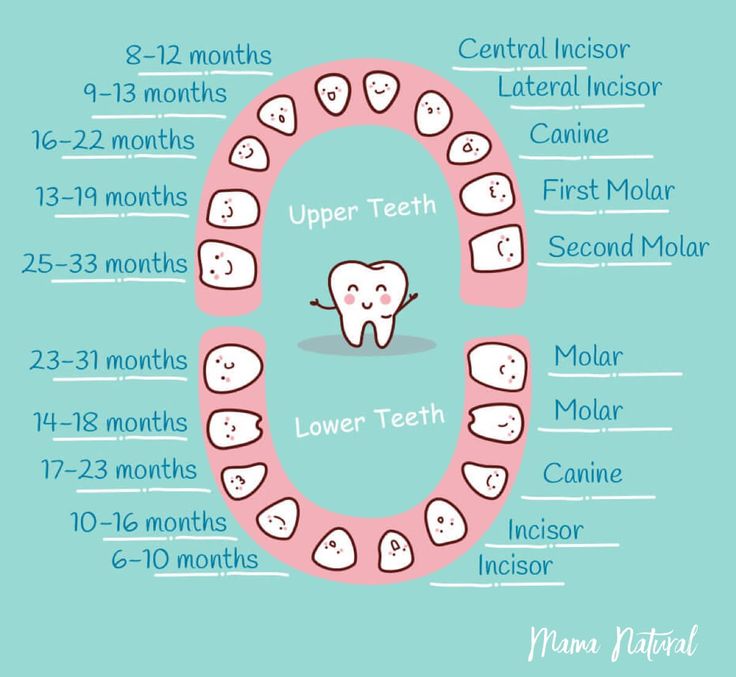 A dental examination will help your dentist investigate potential problems and alleviate any fears you may have. Teething is a natural rite of passage for every child, but complications may sometimes emerge. Remember to inform your dentist about the signs and symptoms your baby or toddler has been experiencing, and what steps you have taken to help soothe them.
A dental examination will help your dentist investigate potential problems and alleviate any fears you may have. Teething is a natural rite of passage for every child, but complications may sometimes emerge. Remember to inform your dentist about the signs and symptoms your baby or toddler has been experiencing, and what steps you have taken to help soothe them.
Need advice about your child’s teething symptoms and help for soothing the pain? Contact the friendly staff at Australia Dental on (07) 3888 9125 or (07) 3284 7112 to book a dental appointment today.
Baby’s First Tooth: 7 Facts Parents Should Know
By: Dina DiMaggio, MD, FAAP & Julie Cernigliaro, DMD
1. Most babies will develop teeth between 6 and 12 months.
There is a wide range of variability of when a first tooth may appear—some babies may not have any teeth by their first birthday! Around 3 months of age, babies will begin exploring the world with their mouth and have increased saliva and start to put their hands in their mouth.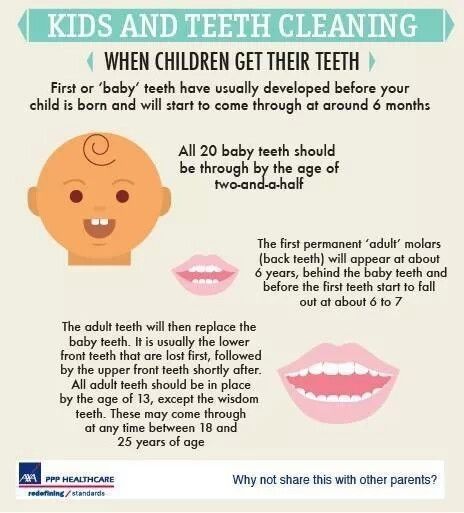 Many parents question whether or not this means that their baby is teething, but a first tooth usually appears around 6 months old.
Many parents question whether or not this means that their baby is teething, but a first tooth usually appears around 6 months old.
Typically, the first teeth to come in are almost always the lower front teeth (the lower central incisors), and most children will usually have all of their baby teeth by age 3.
2. Fluoride should be added to your child's diet at 6 months of age.
Fluoride is a mineral that helps prevent tooth decay by hardening the enamel of teeth. The good news is that fluoride is often added to tap water. Give your baby a few ounces of water in a sippy or straw cup when you begin them on solid foods (about 6 months of age). Speak with your pediatrician to see if your tap water contains fluoride or whether your child needs fluoride supplements. Fluoride is not typically found in most bottled water. See FAQ: Fluoride and Children for more information.
3. Massaging sore gums, offering something cold, or acetaminophen, on an occasional rough night, can help soothe your baby's teething pain.
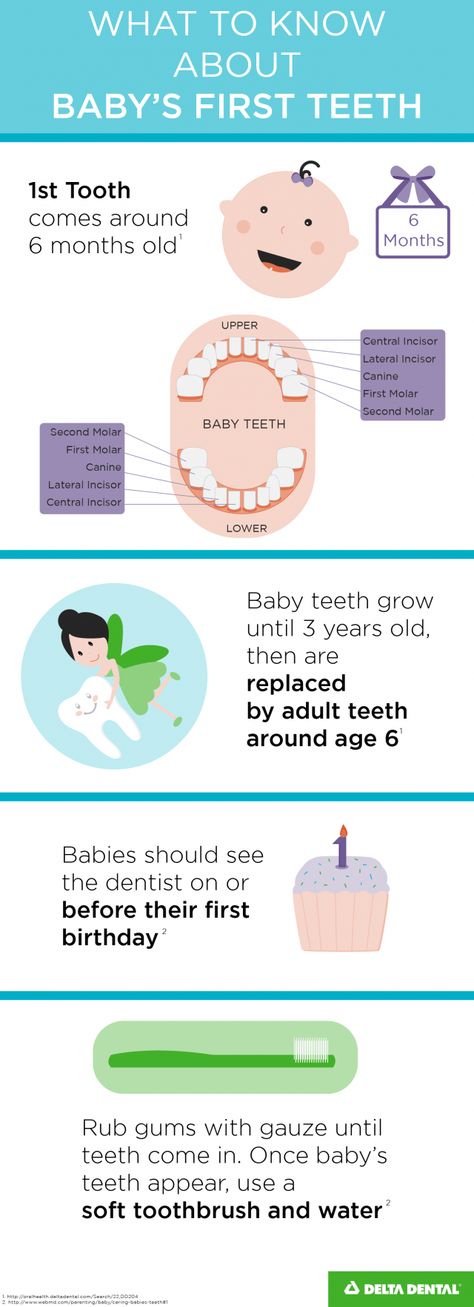
Usually teething doesn't cause children too much discomfort, however, many parents can tell when their baby is teething. Babies may show signs of discomfort in the area where the tooth is coming in, the gums around the tooth may be swollen and tender, and the baby may drool a lot more than usual.
Parents can help ease teething pain by massaging their baby's gums with clean fingers, offering solid, not liquid-filled, teething rings or a clean frozen or wet washcloth. If you offer a teething biscuit, make sure to watch your baby while they are eating it. Chunks can break off easily and can lead to choking. Also, these biscuits are not very nutritious and most contain sugar and salt.
A baby's body temperature may slightly rise when teething; however, according to a 2016 study in Pediatrics, a true fever (temperature over 100.4 degrees Fahrenheit or 38 degrees Celsius) is not associated with teething and is actually a sign of an illness or infection that may require treatment.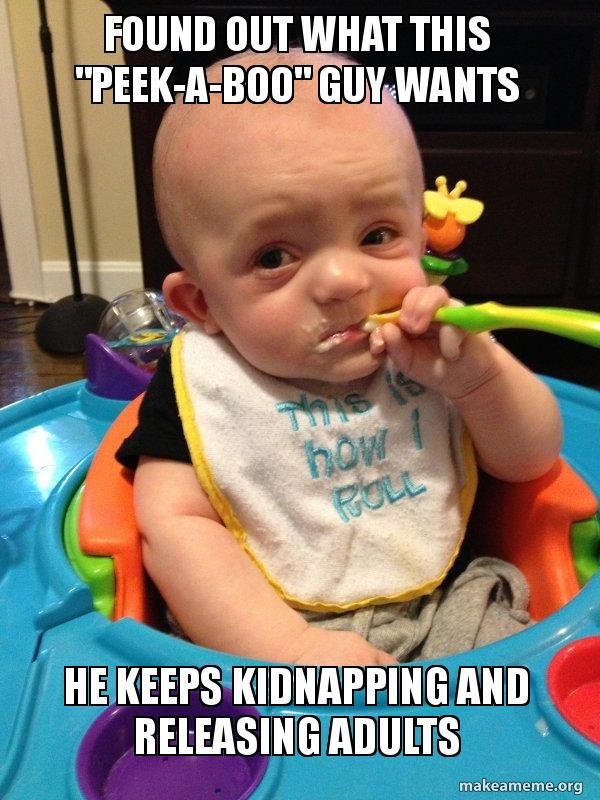 If your baby is clearly uncomfortable, talk with your pediatrician about giving a weight-appropriate dose of acetaminophen (e.g., Tylenol) or if over 6 months, ibuprofen (e.g., Advil, Motrin). Make sure to ask your pediatrician for the right dose in milliliters (mL) based on your child's age and weight.
If your baby is clearly uncomfortable, talk with your pediatrician about giving a weight-appropriate dose of acetaminophen (e.g., Tylenol) or if over 6 months, ibuprofen (e.g., Advil, Motrin). Make sure to ask your pediatrician for the right dose in milliliters (mL) based on your child's age and weight.
Many children, however, will have no problems at all when their teeth come in!
4. Do not use teething tablets, gels with benzocaine, homeopathic teething gels or tablets, or amber teething necklaces.
Stay away from teething tablets that contain the plant poison belladonna and gels with benzocaine. Belladonna and benzocaine are marketed to numb your child's pain, but the FDA has issued warnings against both due to potential side effects.
In addition, amber teething necklaces are not recommended. Necklaces placed around an infant's neck can pose a strangulation risk or be a potential choking hazard. There is also no research to support the necklace's effectiveness.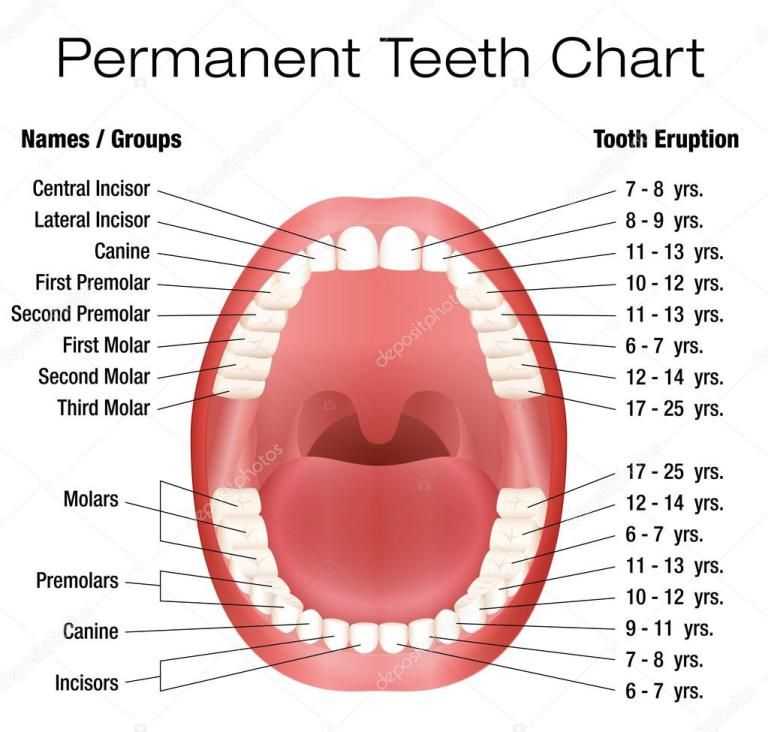 See Teething Necklaces and Beads: A Caution for Parents for more information.
See Teething Necklaces and Beads: A Caution for Parents for more information.
5. You should brush your child's teeth twice a day with fluoride toothpaste.
Once your child has a tooth, you should be brushing them twice a day with a smear of fluoride toothpaste the size of a grain of rice, especially after the last drink or food of the day. Remember not to put your baby to bed with a bottle—it can lead to tooth decay.
Once your child turns 3, the American Academy of Pediatrics (AAP), the American Dental Association (ADA), and the American Academy of Pediatric Dentistry (AAPD)recommend that a pea-sized amount of fluoride toothpaste be used when brushing.
When your child is able, teach them to spit out the excess toothpaste. It is best if you put the toothpaste on the toothbrush until your child is about age 6. Parents should monitor and assist their child while brushing until they are around 7 or 8 years old. When your child can write their name well, he or she also has the ability to brush well.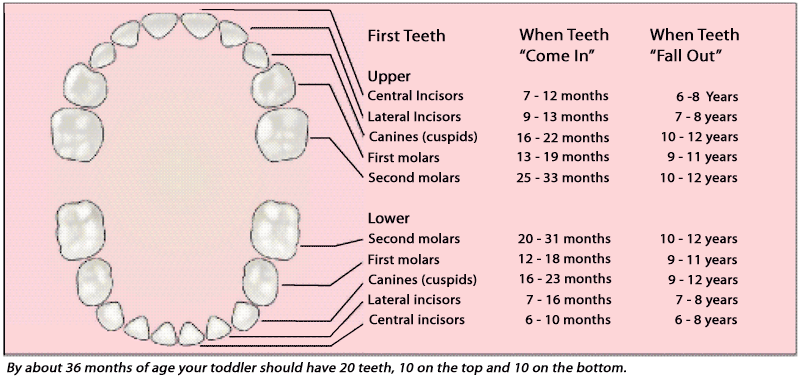
6. Ask your pediatrician about your baby's teeth and fluoride varnish.
During regular well-child visits, your pediatrician will check your baby's teeth and gums to ensure they are healthy and talk to you about how to keep them that way. The AAP and the United States Preventive Services Task Force also recommend that children receive fluoride varnish once they have teeth.
If your child does not yet have a dentist, ask your pediatrician if they can apply fluoride varnish to your baby's teeth. Once your child has a dentist, the varnish can be applied in the dental office. The earlier your child receives fluoride varnish the better to help prevent tooth decay.
7. Make your first dental appointment when the first tooth appears.
Try to make your baby's first dental appointment after the eruption of the first tooth and by his or her first birthday.
Both the AAP and the AAPD recommend that all children see a pediatric dentist and establish a "dental home" by age one. A pediatric dentist will make sure all teeth are developing normally and that there are no dental problems. They will also give you further advice on proper hygiene. If you don't have a pediatric dentist in your community, find a general dentist who is comfortable seeing young children.
A pediatric dentist will make sure all teeth are developing normally and that there are no dental problems. They will also give you further advice on proper hygiene. If you don't have a pediatric dentist in your community, find a general dentist who is comfortable seeing young children.
Additional Information:
Brushing Up On Oral Health: Never Too Early to Start
How to Prevent Tooth Decay in Your Baby
Brush, Book, Bed: How to Structure Your Child's Nighttime Routine
Give Your Baby the Best Possible Start
About Dr. DiMaggio:
Dina DiMaggio, MD, FAAP, is a board certified pediatrician at Pediatric Associates of NYC and at NYU Langone Medical Center. She is the co-author of The Pediatrician's Guide to Feeding Babies and Toddlers, a comprehensive manual written by a team of medical, nutrition, and culinary experts.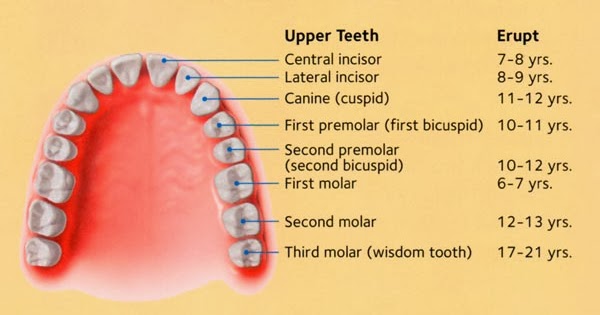 Follow her on Instagram @Pediatriciansguide.
Follow her on Instagram @Pediatriciansguide.
About Dr. Cernigliaro:
Julie Cernigliaro, DMD, is a board certified pediatric dentist and the Associate Director of the Pediatric Dental Residency Program at Lutheran Medical Center in Brooklyn, NY. She holds a faculty position at NYU College of Dentistry and currently works in private practice at Happy Smile Pediatric Dentistry, PC in NYC.
The information contained on this Web site should not be used as a substitute for the medical care and advice of your pediatrician. There may be variations in treatment that your pediatrician may recommend based on individual facts and circumstances.
How to distinguish a milk tooth from a permanent one? 3 simple signs
The first permanent tooth is an event for the child and parents. Over time, the novelty becomes dull, and it can be difficult for parents to answer the question of which teeth have already changed and which have remained milk teeth. But a pediatric dentist on examination distinguishes them easily. You can do it too! Enough to practice a little.
But a pediatric dentist on examination distinguishes them easily. You can do it too! Enough to practice a little.
It is best if the family has both small children and teenagers. By comparing milk teeth with permanent teeth, it will be easier to see the differences. But if there is no such possibility, it's okay. nine0003
3 simple rules for distinguishing a milk tooth from a permanent one:
- Color. Milk teeth have a bluish, "pearl" tint. Permanent - yellowish.
- Size. Dairy ones are smaller than permanent ones in size and height.
- Form. Dairy ones have a rounded shape, while permanent ones are more elongated and massive.
If you still cannot distinguish which teeth are milk and which are permanent in children, consider them in order - from the center of the jaw to the edges. nine0003
The incisors (central teeth) vary markedly in size. Dairy ones rarely grow above 5–6 mm, while permanent ones can reach 10 mm.
Canine teeth - third teeth counted from the center.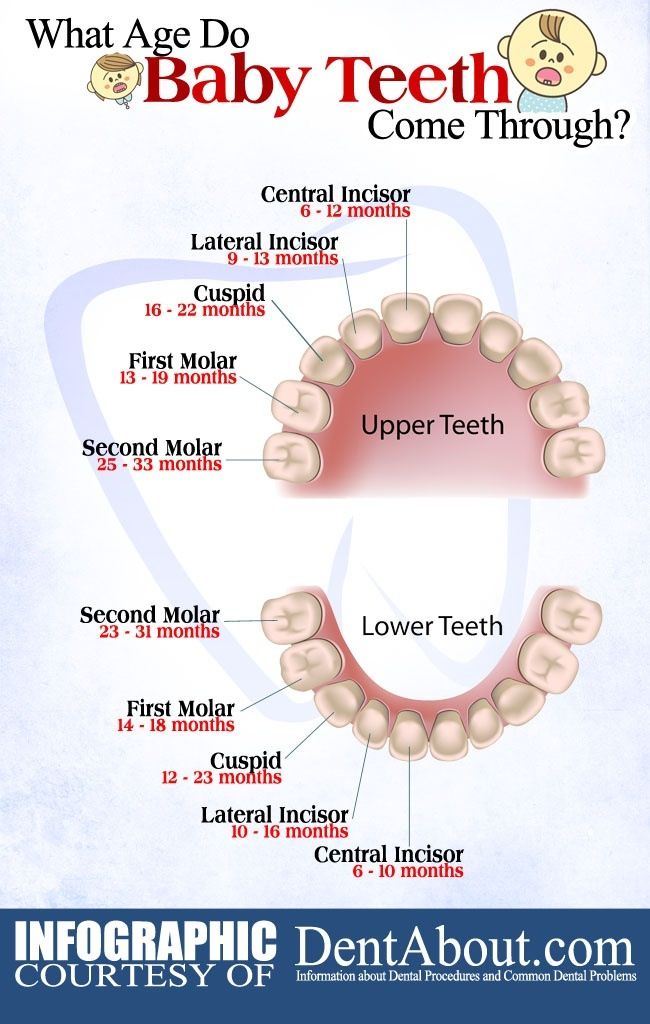 According to the observations of children's dentists, the constants have a clear pointed shape, which is almost not expressed in dairy ones. Focus on the pictures and layouts that can often be seen in children's dental clinics - they clearly show the shape of the fangs.
According to the observations of children's dentists, the constants have a clear pointed shape, which is almost not expressed in dairy ones. Focus on the pictures and layouts that can often be seen in children's dental clinics - they clearly show the shape of the fangs.
Molars are the largest, "chewing" teeth. Take a closer look at their surface. If four elevations (chewing tubercles) stand out on it - a milk tooth. There are two permanent tubercles. nine0003
For older children, pediatric dentistry knows another easy way: count the teeth. There are only 20 teeth in the milk "set", of which 8 are molars (large chewing teeth located along the edges of the jaw). If you see more than two molars nearby, they are definitely permanent.
If the child's teeth changed in order, it can be concluded from the permanent molars that there were no milk teeth left. Normally, the incisors change first, then the canines, then the molars. However, there are often exceptions in pediatric dentistry. Canines may erupt later than molars, and the order of appearance of teeth may differ in the upper and lower jaws. nine0003
Canines may erupt later than molars, and the order of appearance of teeth may differ in the upper and lower jaws. nine0003
Why even know how milk teeth differ from permanent teeth? This information will help parents to monitor the change of teeth, as well as more accurately select care products. Milk teeth need a paste with soft abrasives so as not to damage the delicate enamel.
Now you know how to distinguish a permanent molar from a milk tooth, and you can track the timing and order of changing teeth in a child. It can be difficult to make sense of the differences at first, especially when the child is young. But over time, you will know about the shades of enamel and the forms of masticatory tubercles no less than a certified pediatric dentist. nine0003
At any time, you can entrust all the care of your child's teeth to the specialists of the Mira Children's Dental Clinic. We will tell you in detail whether your baby's teeth are changing correctly. If problems arise, we will offer careful and effective solutions.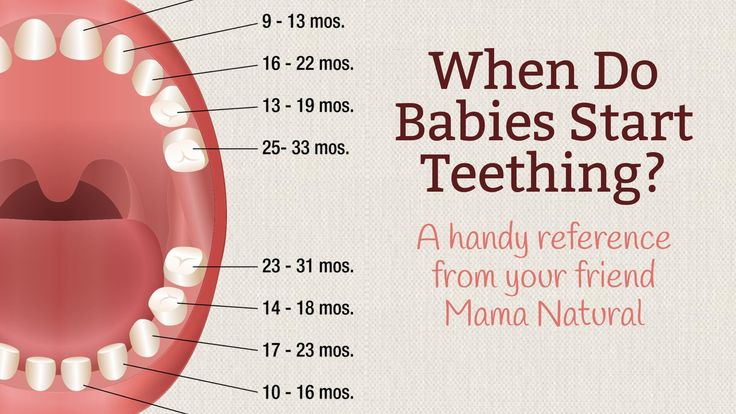 An attentive pediatric dentist, modern equipment and comfortable prices are waiting for you.
An attentive pediatric dentist, modern equipment and comfortable prices are waiting for you.
How to distinguish a milk tooth from a molar - Dentistry Obolon
Thanks for posting!
Looking forward to seeing you! nine0003
Subscribe to our newsletter
Receive weekly information and
10% discount on any services with a subscription. We promise not to spam!
Make an appointment
How to tell a molar tooth from a milk tooth?
A child is born with already formed rudiments of teeth - both milk and molars. The eruption of milk teeth is usually completed before the baby reaches the age of three. At the age of six, they begin to be replaced by indigenous ones. The process is completed by the age of 13. The main difference lies in the number of teeth, if milk teeth are twenty, then indigenous teeth are thirty-two. nine0003
Change usually goes smoothly, but parents are often worried that there might be trouble.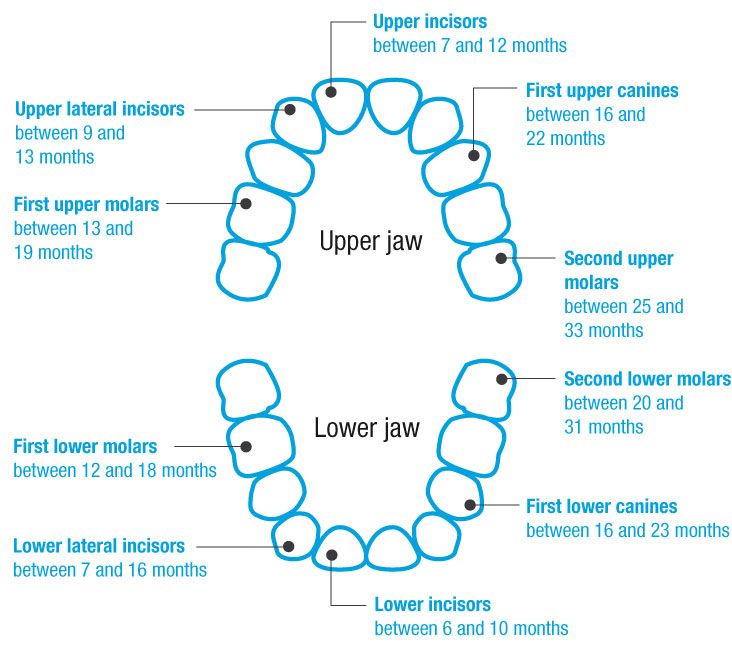 Therefore, it is important to be able to determine whether a child has a molar or milk tooth. This way you can always check the correctness of the process. If you have any suspicions, you need to contact specialists who will quickly and effectively carry out the treatment.
Therefore, it is important to be able to determine whether a child has a molar or milk tooth. This way you can always check the correctness of the process. If you have any suspicions, you need to contact specialists who will quickly and effectively carry out the treatment.
Milk and molars - the main differences
In order for teeth to remain strong and healthy in adolescence, it is necessary to control that milk teeth are removed in a timely manner. To find out whether a molar tooth or not, you need to carefully consider them, the milk tooth will be noticeably different:
- size;
- tall;
- color.
There are no voluminous tubercles on the surface of milk teeth, the enamel is thickened at the base. Their color is noticeably different, if the first teeth are whitish-blue, then the permanent teeth are yellowish. On molars, the enamel coating is thicker, so they are durable. Caries often appears on the first teeth, they are distinguished by a smaller root size.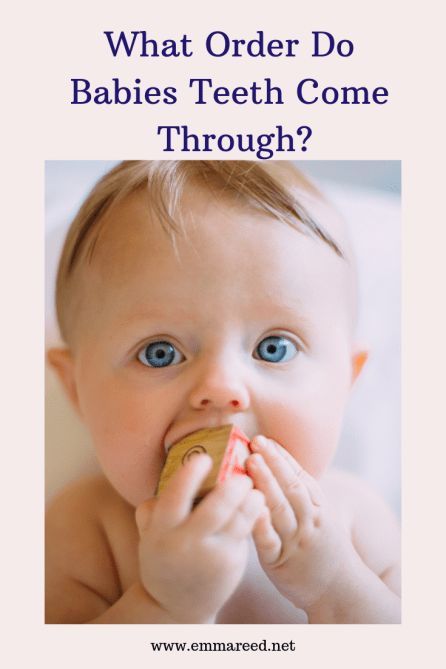 A milk tooth falls out on its own, to remove a root one, you should contact a specialist. nine0003
A milk tooth falls out on its own, to remove a root one, you should contact a specialist. nine0003
If parents can figure out whether a child has a baby tooth or a molar tooth, they will identify problems in a timely manner and consult a doctor. A visit to the dentist is required every six months. It is imperative to ensure that the child's temporary teeth are removed in a timely manner, otherwise an abnormal bite may occur in the future. In addition, permanent teeth may be crooked, which in the future will lead to wearing braces. It is not necessary to engage in independent removal of milk teeth, the hole may become inflamed. nine0003
What determines the timely replacement of dentition?
Every parent should monitor the health of their child, because dental problems can lead to serious complications. It is necessary to distinguish milk teeth from permanent teeth in order to control the eruption process. There are several factors influencing the teeth to change correctly.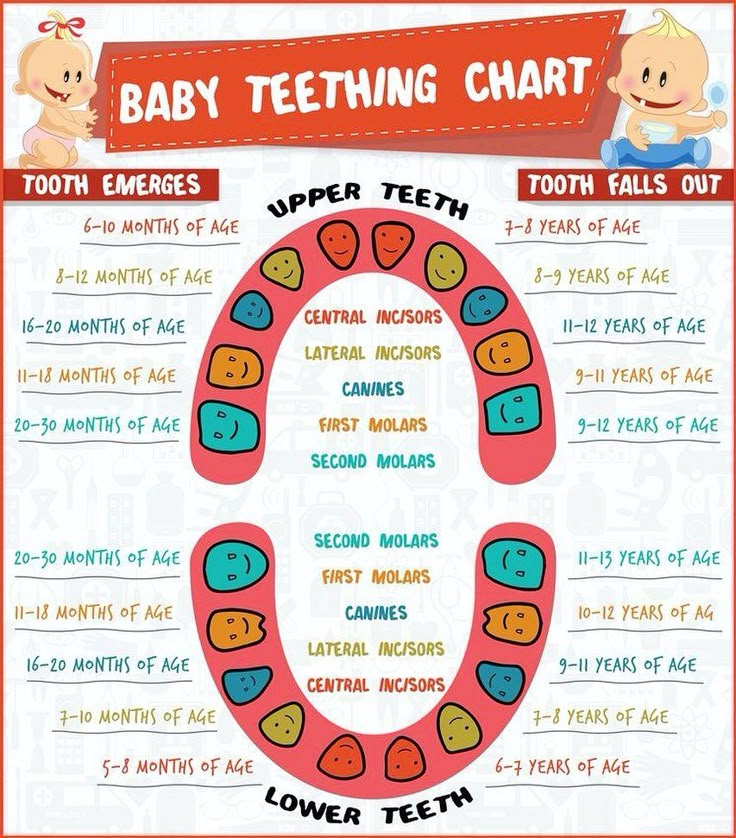 The process depends on:
The process depends on:
- heredity. Genetic predisposition affects the rate at which permanent teeth appear; nine0012
- supply. Food should be balanced, with enough protein, vitamins and minerals;
- emotional and physical condition. Eruption can slow down due to illness, heavy workloads and stress;
- insufficient hygiene. Cariogenic bacteria lead to the removal of teeth, which ultimately prevents the permanent ones from developing normally.
To exclude the development of dental diseases, it is enough to constantly bring the child to the dental clinic "Dentistry from A to Z (Alpha +)". Specialists work on modern equipment, the latest technologies are used. Not only children, but also adults can receive pain-free treatment, as all common dental services are performed in the clinic. Experienced specialists in the field of dentistry, orthodontics, implantology, surgery, periodontics and orthopedics work here. If necessary, the treatment will be performed under general anesthesia.